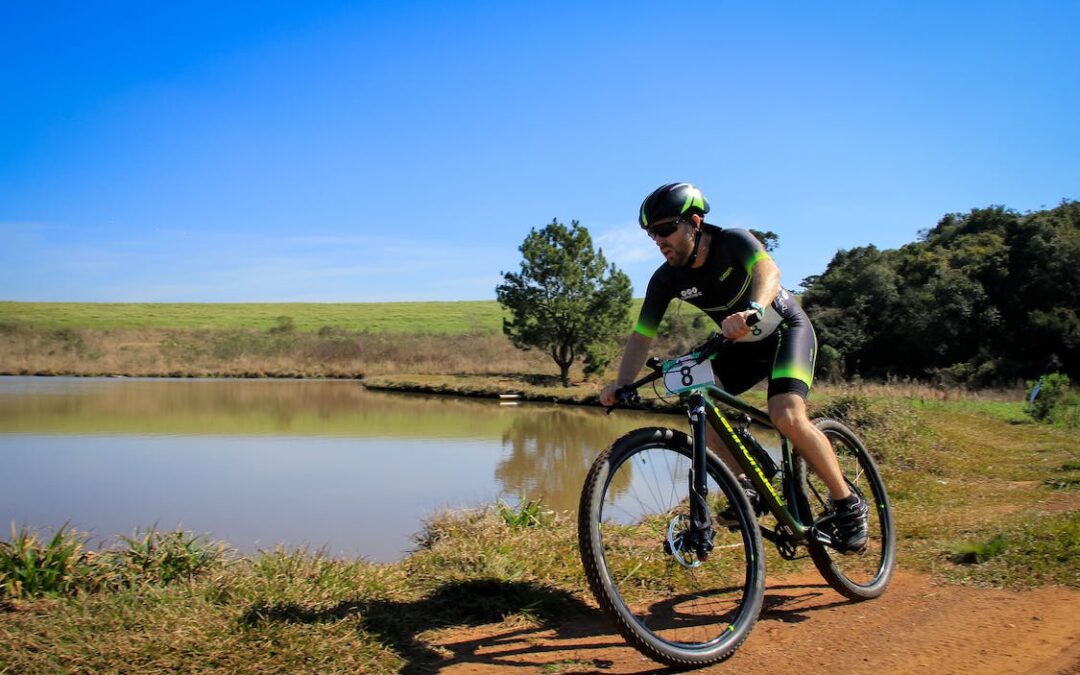The Ultimate Recommendation for the Number of Miles to Bike in a Day
Since childhood, riding bikes has become one of the most fun activities for most kids. After growing up, you realize that it’s not just for leisure but great activity. One of the reasons biking has remained relevant throughout the years is because it’s enjoyable when you ride around the neighborhood.
It’s also an outstanding tool for exercise and the best for your fitness journey. If you’re not a fan of riding bikes, you can opt for stationary bikes that work closely with outdoor bikes. The indoor bike has an easy way of increasing the speed and velocity of the ride.
Though it might be challenging to know how many miles you cover a day on it, you can keep track of time and exercise intensity. Most upcoming or experienced cyclists don’t know how many miles they should bike in a day, so read on. You might surprise yourself!
How Many Miles Should I Bike a Day?
As a beginner or enthusiast, you may wonder, “How many miles should I bike in a day?” Well, answering this question hinges on some crucial factors, your like fitness level and biking experience.
Beginners should start slowly and gradually increase their pace as time goes by, depending on the skills acquired. Usually, people with cycling experience can pedal for an extended time and go at an increased intensity.
Biking for 10 miles to 15 miles a day is regarded as the appropriate distance for an ordinary person to go. If you are a professional cyclist, you can go up to your desired miles. However, the recommended distance should range from 25 to 30 miles per day when training for events.
The average individual may cycle 50 to 60 miles per day, with the distance varying depending on your aim, fitness level, biking area, cycling experience, and type of bike.
Factors to Consider
Many factors determine the number of miles you can ride a bike in a day. Some vary with age, experience, gender, bike type, and others. Here is a breakdown of the features to prepare you for the long and fantastic cycling journey.
Personal Goal
One of the main factors that will probably determine how long you should cycle is your personal goal. If you’re doing it for fun or keep fit, you don’t need to cycle for a long time or a whole day. However, if you’re training for a bike-related sport, you may need to cycle more and push your goals further.
People looking to lose a few pounds should certainly cycle for a certain distance to get their desired results. One of the general recommendations for bike riding and fitness is cycling for shorter distances regularly. Depending on your goals, you may determine the number of miles to go for and what you want to achieve.
Health
Health is another vital aspect that will probably determine the number of miles to ride. Some medical conditions may not allow you to go for longer distances. Usually, these conditions and age may affect the process, which may require you to ride for shorter distances. It’s recommended that if you have such conditions, you start slowly and gradually increase your pace. You should also consult your doctor before starting.
Experience
For a first-timer, you need to start slow. If you are a competitive cyclist, your fitness level is different from a person just starting their cycling. Also, the duration of how long you have been cycling matters in knowing how long you’ve been at it.
For instance, a 50-year-old man who has been cycling for 15 years can do 50 miles more easily than a 25-year-old who has cycled for less than a year. Strange, right? Less experienced bikers will need more time and time to recover from the magical environments and pace to meet the long-distance requirements for experts.
Bike Model
Usually, types of bikes differ depending on their features. Some brands create strong bikes that can easily go for long distances. Others, on the other hand, may be problematic to go for several miles.
Some of the most important things to do before cycling is to test how comfortable the bike fits your body before purchasing or riding it. Sometimes the environment matters when choosing an appropriate bike.
If your neighborhood is hilly or sloppy, you’ll know the ideal bike to own. When choosing a bike, remember that there are two-wheelers designed for high-speed cycling, leisure, and others for professional riders.
Surprisingly, technology has also come in handy in making magical electric bikes that are faster and don’t need much effort or energy to move. These bikes are made to move effortlessly on rough and challenging roads. They are also perfect for someone to follow a rough road and cover extra miles effortlessly. Electric bikes are more efficient, fast, and reliable for long rides.
Conclusion
To the answer the question, “How many miles should I bike a day?” can be challenging. You don’t know a person’s motivation. Nonetheless, it’s a good challenge to keep improving and achieving the goals you’ve set for yourself.
Whether you are an experienced bike rider or a beginner, you are in a position to grow and gradually increase your speed. This growth also applies to stationary bikes. The more you ride, the better you become.
This form of exercise is best for people looking for a perfect weight loss exercise with less stress. The information above may help you determine how far you want to go and how much you want to commit to practicing. Make sure you plan your next cycling adventure soon!

